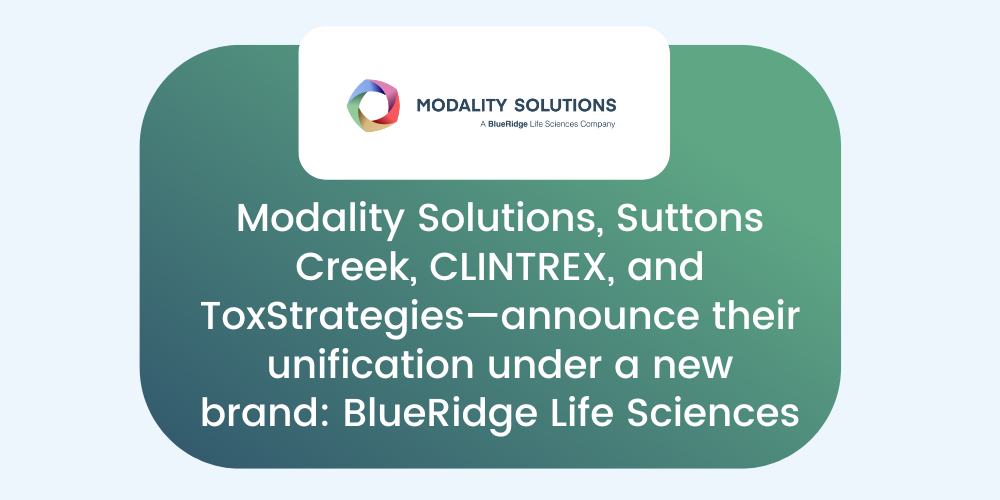Engineering Angles: Solving the cold chain conundrum
A well-designed transport validation approach can mitigate potential distribution hazards
By Gary Hutchinson President, Modality Solutions
Dec 16, 2020
The pharma cold chain has never been more crucial or complex.
As the nature of the modalities in the product pipeline evolve, the logistics challenges escalate. Consider that an ever-increasing percentage of new pharmaceuticals are vaccines, cell and gene therapies, and other biologics — drugs with stringent temperature and transportation requirements. The FDA approved a record 22 new biologics in 2019, and 21 of them have cold chain requirements.
For pharma manufacturers with environmentally sensitive drugs like these in their portfolios, the cold chain is both a priority and a challenge. While regulatory compliance is always a key objective, protecting against environmental hazards throughout the distribution network is crucial to ensuring drug safety and efficacy and staying competitive. And with billions spent annually on pharma logistics — including transportation, specialized packaging, monitoring and controls — the financial stakes are high.
Current Good Distribution Practices (cGDPs) for the pharma supply chain are always a formidable task due to the distributed nature of modern controlled environment networks and the third-party contractor relationships involved. When developing a transportation plan for environmentally sensitive drugs, the task is further complicated by five potential hazards: temperature, shock, vibration, pressure and humidity. Together these hazards create a pharma cold chain conundrum, but one that can be solved with the right approach.
It starts with the right testing
When transporting pharma products that are based on proteins, tissues, genes or cells, the inevitable variations in equipment, material handling, personnel skills and experience make it difficult to validate the controlled environment logistics network to a high degree of confidence. In turn, careful consideration must be given to in-transit monitoring, procedural controls, visual indicators and stability testing. These areas have an increasing focus with technology advances making it possible to dynamically test the cumulative and significant hazards that can occur during transport.
Temperature variation is one hazard of particular concern for environmentally sensitive drugs. Even temporarily storing a thermal packaging system in a forced-air refrigeration cooler within the qualification time period can cause low temperatures and potential freezing of the drug product. In protein-based drugs, that raises the risk that the protein will degrade, become inactive, or suffer other issues that could impact safety or efficacy.
But it’s not only temperature shifts that can create problems. Vibration and shock events are inherent in the logistics network, often occur concurrently with temperature fluctuations, and are particularly troublesome for solution formulations of certain large proteins. Large molecules — like those used in many modern therapies (including many for COVID-19) — are susceptible to damage that can alter the protein chemically or physically.
Traditional testing approaches — essentially shipping the drug out in the real world — don’t allow for testing such hazards concurrently and at worst-case levels, leaving gaps in a manufacturer’s understanding of the cumulative effects. Dynamic transport simulations testing is an effective approach to closing those gaps, especially for drugs with cold chain requirements.
A well-designed transport validation approach starts with assessing the risks for each environmental hazard to each specific drug in your expected commercial supply chain, the expected shipping durations, and the expected range of variances that could occur, including temperature exposure. Then advanced simulation technology is used to test multiple hazards simultaneously, at the worst-case edges of the intended operating space, and assess their interaction in a controlled environment.
The data gleaned from dynamic transport validation testing is invaluable — enabling pharma manufacturers to confidently define the shipping conditions, handling procedures, and specialized packaging required to protect a drug’s integrity in transit. By making informed decisions about how to best design the cold chain for a particular drug, manufacturers can reduce the compliance, quality and financial risks associated with transportation and ensure the safety and efficacy of the final product.
Gary Hutchinson is president of Modality Solutions and a controlled-environment logistics expert.



